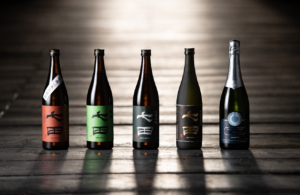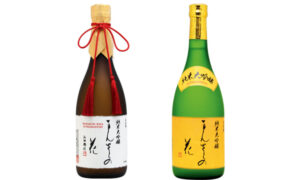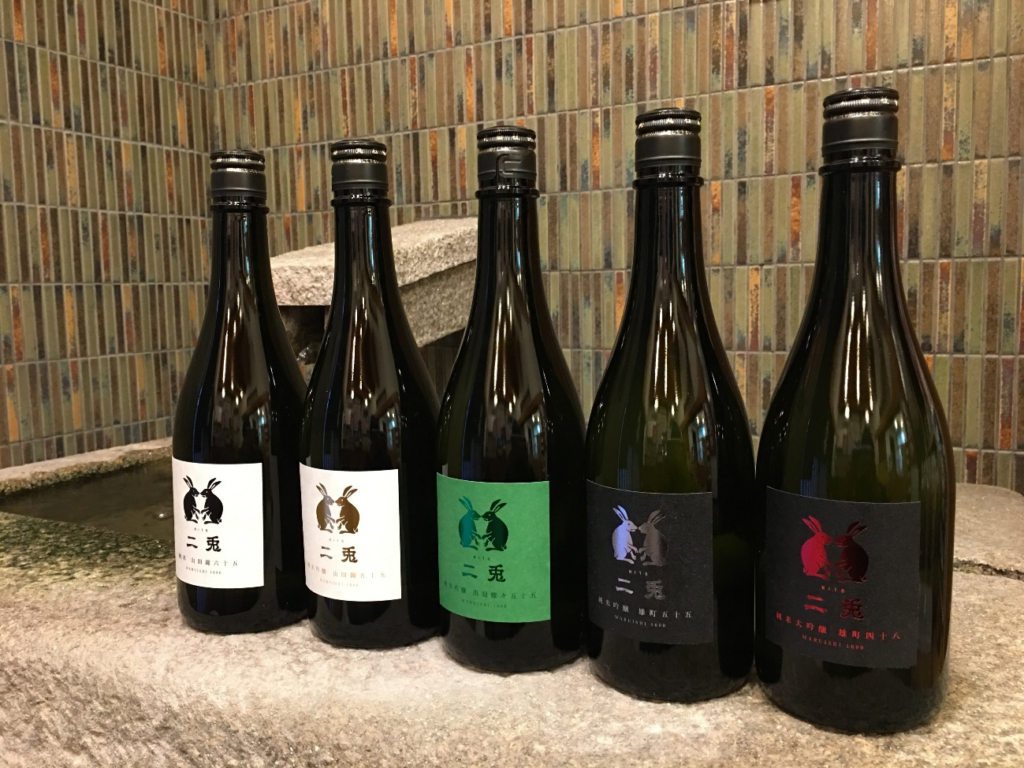
“NITO” is brewed in Okazaki-city, Aichi Prefecture.
Where “NITO” came from
“NITO”, meaning “Two Rabbits”, was launched in 2015. The illustration of the two rabbits facing each other is eye-catching. The name was born from the concept that only those who chase two rabbits can get two rabbits. This interpretation is counter to the conventional meaning: “those who chase two things will fail to get either”. As such, this sake was brewed by being greedy in the pursuit of various elements.
Taste and aroma, acidity and umami, heavy and light, sweet and hot, complex but simple. These seemingly contradictory elements were taken in to create the best possible balance and flavor.
Until “NITO” was born
Maruishi Jozo Co., Ltd. has a long history of making sake that was closely tied to the local community. For example, the "Tokugawa Ieyasu(徳川家康)*1" series for gifts sold in department stores, "Mikawabushi(三河武士)" brewed for the local market with a history dating back to the Edo period, and "Choyo(長誉)" used for local festivals and rituals, have all been beloved by local people.
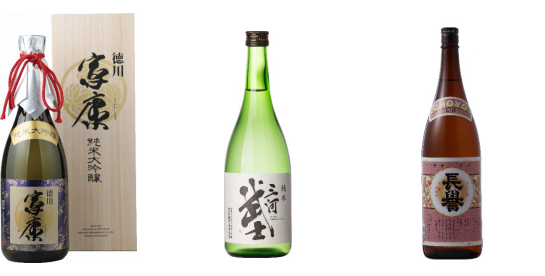
However, they wanted to make a sake that could be loved by people all over the country, so they spent five years working through trial and error until they released "NITO". Using nationally famous sake rice such as Yamada Nishiki and Omachi, they pursued their original sake seeking freshness and balance.
Now, “NITO” has grown to a nationwide sake, representing the Mikawa area. A trial of using Okazaki’s local rice, Banzai, in their “Junmai NITO Banzai 70 (純米二兎萬歳七十)” could be said as one of their successes.
However, even if the sake is good, nothing starts unless people pick up the product. So, they decided to use a familiar animal for the label, and that was a rabbit. “I tried elephants, ants, and other images, but the rabbit was the one that fit best,” says Mr. Fukada, CEO of Maruishi Jozo.
The Higashi-tenoh Okazaki Shrine in Kyoto is known as a shrine for rabbits, and rabbits are believed to be messengers of the local deity. It’s coincidental that Maruishi Jozo Co., located in Okazaki City, Aichi Prefecture, would choose a rabbit motif for its sake but the connection is regarded as a good omen.
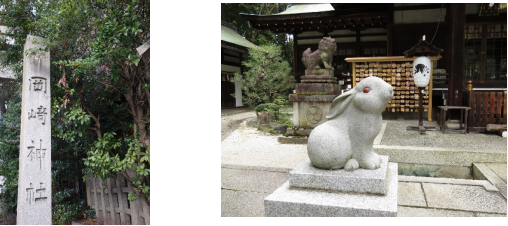
Note 1: Tokugawa Ieyasu was a warlord, feudal lord, and natural ruler from the Warring States Period to the early Edo Period. After defeating the Toyotomi clan in the summer battle of Osaka in 1615, he established the Edo shogunate, which lasted for 260 years. He is one of the Three Heroic Generals.
Note 2: The Mikawa Bushi (Mikawa samurai) is a general term for the vassals from Mikawa Province who served Tokugawa Ieyasu and contributed to the establishment of the Edo shogunate. They are also called Mikawa-shu. They are generally considered to be strong and loyal to Ieyasu.
About the label
There are two main types of rabbits: rabbits and hares.
The rabbit is round and cute, and lives in a group, digging burrows for nesting. The hare, on the other hand, is a solitary animal that moves around from place to place. They have long ears and look wild. This is what they look like:
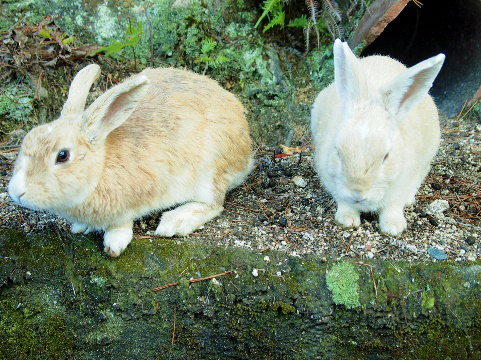

The motif of "NITO" is a hare.
The reason for this is that "the cute character of the rabbit is not the image of Maruishi's sake", says Mr. Fukada.
The fact that there are two hares facing each other symmetrically, instead of just one, shows that the company is pursuing a good balance while incorporating conflicting elements.
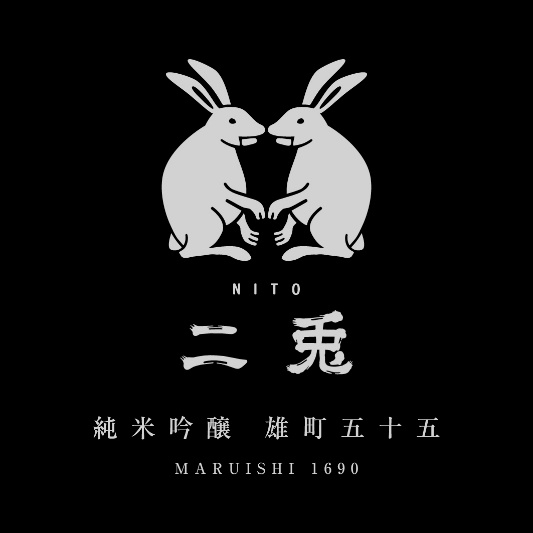
The font is “Hige-moji”
literally meaning “letter of whiskers”. It is just like Fraktur letters in alphabet we sometimes see in traditional newspaper names. Here in “NITO”s label, the blurring of the ink expresses the sensitive and interesting taste of the sake.
The export label for “NITO” also uses the “Hige-moji” to keep a Japanese style so that people overseas can recognize it as Japanese sake.
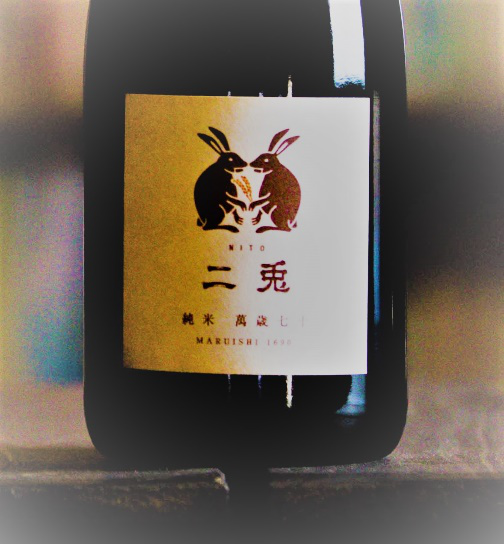
In the future, they plan to add some fun elements to the labels of seasonal and limited editions. If you take a look at the hares’ front paws, you will find them holding an ear of rice in the “Junmai NITO Banzai 70”, which is brewed with rice from Okazaki.
About Maruishi Jozo
Maruishi Jozo Co., Ltd. was founded in Mikawa Area (present Okazaki, Aichi prefecture) in 1690 by Sandayu Nagemachi. Mikawa was the birthplace of Ieyasu Tokugawa, and during the Edo period (1603-1868), the bustle of the Tokaido*3 led Maruishi Jozo to produce not only sake, but also miso, soy sauce, and mirin.
Note 3: The Tokaido is a highway of about 492km long, running from Nihonbashi in Edo (present Tokyo) to Sanjo Ohashi in Kyoto. It passed through the countries of Musashi, Sagami, Izu, Suruga, Tomi, Mikawa, Owari, Ise, Iga, Omi, and Yamashiro, and had 53 post towns.
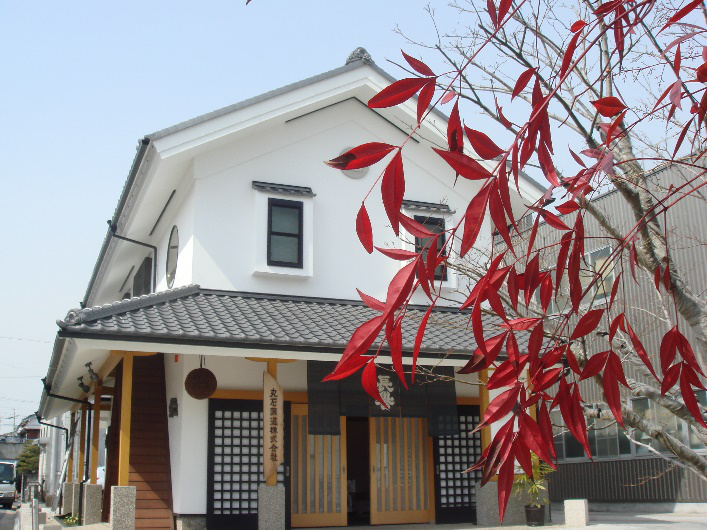
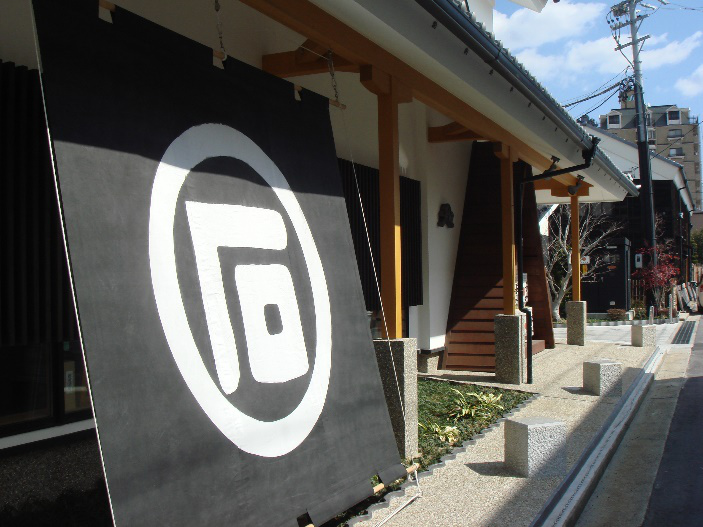
However, almost everything was lost in the Okazaki air raid in July 1945. After that, the company resumed sake brewing in the only surviving miso warehouse, and concentrated on sake brewing which was the original business since the company's founding.
The current head of the company is the 18th generation, Mr. Hideki Fukada. Although the brewery is not very big with only about 10 employees, he has succeeded in expanding its business nationwide and exporting to more than 10 countries.
Mr. Fukada says, "We want to make good products within our capacity, rather than expanding our facility infinitely. Knowing the ceiling, we can deepen the content.” This solid and explicit direction is steadily widening his fan base.
2019 was the year of Maruishi Jozo's 330th anniversary, but due to the spread of COVID-19, they were unable to carry out any special plans or events. However, 2023, the 333rd anniversary of the brewery, is the year of the rabbit in the Chinese zodiac. In addition, the NHK historical drama series, "What Will Ieyasu Do?" starring Jun Matsumoto is scheduled to be aired.
Okazaki will certainly be in the spotlight. I can't wait to see Mr. Fukada’s plan as a trendsetter, especially for the belated 330th anniversary.
"I want NITO to be a sake that tastes good not just in one glass, but in a bottle. If you drink in a glass, people tend to notice the complexity and richness of the first tastes, but if you share a whole bottle, you will enjoy it in a different way depending on the passage of time and the food you eat. That is why I would like you to share it with others, talk about it, and drink it while enjoying your meal.
In any case, the best is to enjoy drinking.”
This is a message from Mr. Fukada.
Interviewee: Hideki Fukada, CEO of Maruishi Jozo Co., Ltd.
Interview Date: September 29, 2021
Photo Data presented by: Maruishi Jozo Co., Ltd.
Post-interview note: The interview took place at Maruishi Jozo. By placing myself in the actual land of the brewery, I could feel Maruishi more directly through the air, the complexes, and the personality of Mr. Fukada. The face-to-face interview was certainly much more fun than ZOOM.
On the way home, I walked along the Oto River that runs through Okazaki City to Higashi-Okazaki Station, feeling more about Okazaki
.
Through the interview, I found that one of the distributors of “NITO” is located within walking distance from my house. I can’t wait to meet the new rabbit.

